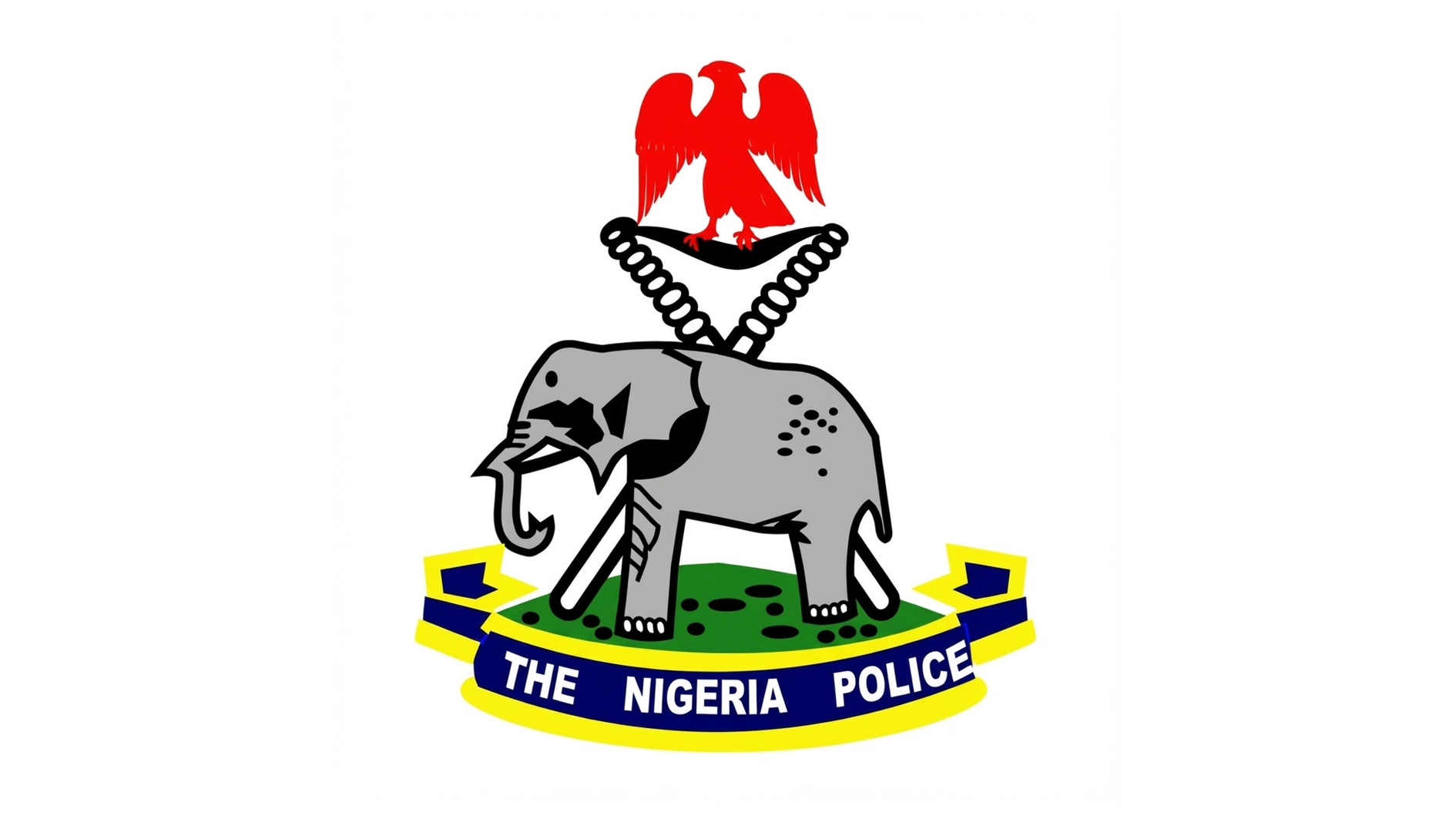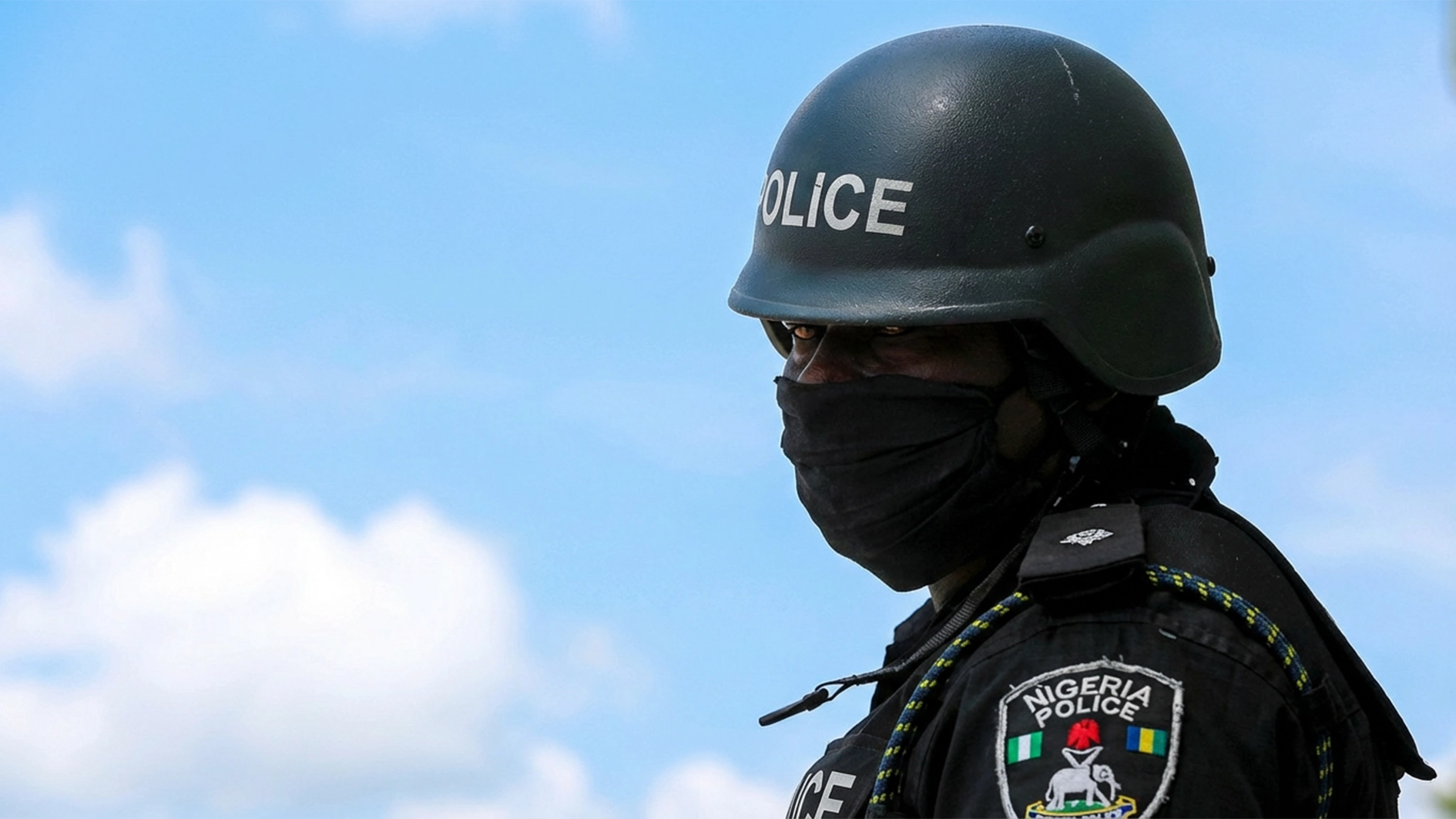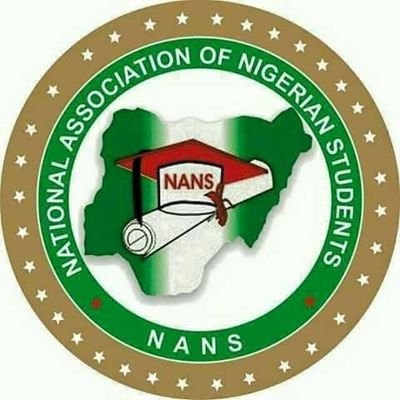
The Federal Government had earlier announced the closure to enable repair work on the Bridge, which links Victoria Island to Marina on Lagos Island, and then Eko Bridge.
The Federal Controller of Works, Lagos, Mrs. Olukorede Kesha, stated that it would affect traffic from Ahmadu Bello Way and Adeola Odeku towards Marina, Eko Bridge, and Onikan by Zone 2.
She advised motorists to plan their journeys accordingly and use alternative routes to minimise congestion.
Kesha apologised for any inconvenience and thanked the public for their cooperation in ensuring road safety and stability.
Also, the Lagos State government had, on March 15, 2025, alerted residents to the planned closure and its expected impact.
The Commissioner for Transportation, Oluwaseun Osiyemi, urged motorists travelling outward from the Island to use the designated alternative routes.
Commissioner Osiyemi outlined the affected routes, noting that the section from the National Open University of Nigeria (NOUN) through Bonny Camp Bridge to Independence Bridge would be closed to vehicular movement.
Additionally, the service lane at Bonny Camp Underpass Bridge (inbound Independence Bridge) will not be accessible.
However, the service lane from Ahmadu Bello Way to Ozumba Mbadiwe remains open.
While the initial closure on April 1 coincided with the Eid-el-Fitr public holiday and had minimal traffic impact, the effect of the closure became more pronounced yesterday, the first day of work since the construction started, as Nigeria’s commercial capital was locked down by traffic.
Motorists heading to the Mainland yesterday spent hours in traffic, with heavy congestion along alternative routes. The bottlenecks stretched from Lekki through Victoria Island to Falomo Bridge and beyond.
The ever-busy Victoria Island and Ikoyi were the worst hit, with most streets witnessing gridlock. Areas around Victoria Island, including Falomo, Law School, Ahmadu Bello Way, and the former Old Bar Beach, experienced long queues as motorists struggled to exit the Island.
A combination of this repair work and early morning rain in some parts of the city threw the entire city into chaos as traffic snarls caused slow movement, delaying people from getting to work early as they had to trek long distances.
Most commuters spent upwards of six hours on distances that ordinarily would take them two to three hours. Consequently, transport fare spiked by over 100 per cent.
For instance, the bus fare from Iyana Oworo to Obalende spiked from N600 to N1000, while the fare from Obalende to Ajah rose from N1000 to N2000.
A commercial bus driver, Godwin Udo, lamented missing out on the hike because his bus was not designated to ply the Ajah route.
A frustrated motorist, Murideen Adeolu, said he left the Island at about 1:00 p.m., trying to exit from Victoria Island. However, at about 3:00 p.m., he was still stuck in traffic. Is this how we will suffer for two months? The government needs to act fast to ease this situation before it escalates,” he queried.
Also, a pedestrian, Johnson Udo, said he spent over two hours on a journey which usually takes 10 minutes.
He said: “I had an appointment at Walter Carrington Crescent for noon, but after spending two hours from CMS, I had to come down from the bus at Bonny Camp and trekked to the venue due to the gridlock. When I finished, I had to trek back to TBS at about 3:30 p.m.”
Meanwhile, Osiyemi urged motorists to be patient, emphasising that the partial closure is part of a traffic management plan for the Federal Ministry of Works’ rehabilitation of the road’s asphalt pavement.






